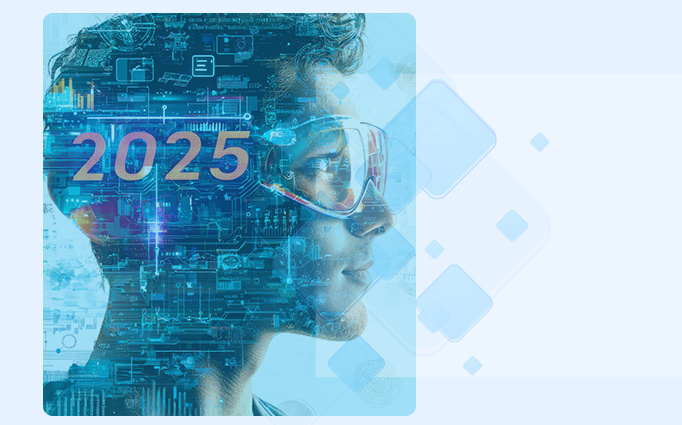The Software Development Life Cycle (SDLC) stands as a cornerstone in the realm of software engineering, providing a systematic approach to the creation and deployment of software. This methodology, comprising distinct phases, is pivotal in ensuring the quality, reliability, and security of software throughout its existence. In this exploration, we unravel the intricacies of SDLC, examining its fundamental principles, the phases it encompasses, and the diverse models that guide its implementation.
What is SDLC?
SDLC, or Software Deployment Life Cycle, is a systematic process guiding the development, modification, and maintenance of computer systems. It aims to ensure the quality, reliability, and security of software throughout its lifecycle, from initial design to production. This structured process minimizes risks and ensures that the software meets specified needs.
Phases of the Software Development Cycle
1️⃣Planning Phase:
The initial step involves defining project objectives, requirements, and constraints. Resources, timelines, and costs are also evaluated. A clear project vision is essential for a successful development process.
2️⃣Design Phase:
This phase involves crafting a software architecture based on specifications defined in the planning phase. Engineers design various software modules and determine their interactions, providing an overall system view before moving to the development phase.
3️⃣Development Phase:
Transforming designs into actual code, programmers write source code following established standards and using appropriate programming languages. This phase, often the longest, emphasizes code quality for software stability and performance.
4️⃣Testing Phase:
Once development is complete, the software undergoes comprehensive testing. Functional, integration, and performance tests are conducted to identify and rectify potential errors, ensuring the software meets the requirements specified in the planning phase.
5️⃣Maintenance Phase:
Maintenance occurs post-deployment to address issues discovered after implementation and to introduce continuous improvements. This phase may also involve security updates and patches to ensure the long-term functionality of the software.
Different Software Development Life Cycle Models:
1️⃣Waterfall Model:
One of the oldest and most linear models, progressing through phases sequentially, with each phase depending on the previous one. Suitable for projects with well-understood requirements from the outset.
2️⃣V-Model:
An extension of the waterfall model, aligning development and testing phases to illustrate their relationships. Each development phase has a corresponding testing phase.
3️⃣Agile Model:
An iterative and incremental model emphasizing flexibility and continuous collaboration. It encourages short development cycles, known as iterations, with constant adaptation to changing requirements.
4️⃣Spiral Model:
Combining elements of the waterfall model with iterations, particularly suitable for large-scale and high-risk projects. Each iteration of the spiral represents a phase of the SDLC.
5️⃣RAD (Rapid Application Development) Model:
Aiming to expedite development through rapid prototyping and short development cycles. Suitable for projects where time-to-market is critical.
6️⃣Prototype Model:
In this model, a system prototype is rapidly developed to help stakeholders better understand requirements. The prototype is refined until the final product is satisfactory.
7️⃣Incremental Model:
This model divides the project into small parts called increments. Each increment adds features or improves the existing product, with each increment being a complete version of the product.
8️⃣Big Bang Model:
Development begins without a predetermined plan. Features are developed gradually without a structured approach. This model is suitable for small projects where detailed planning is not essential.







